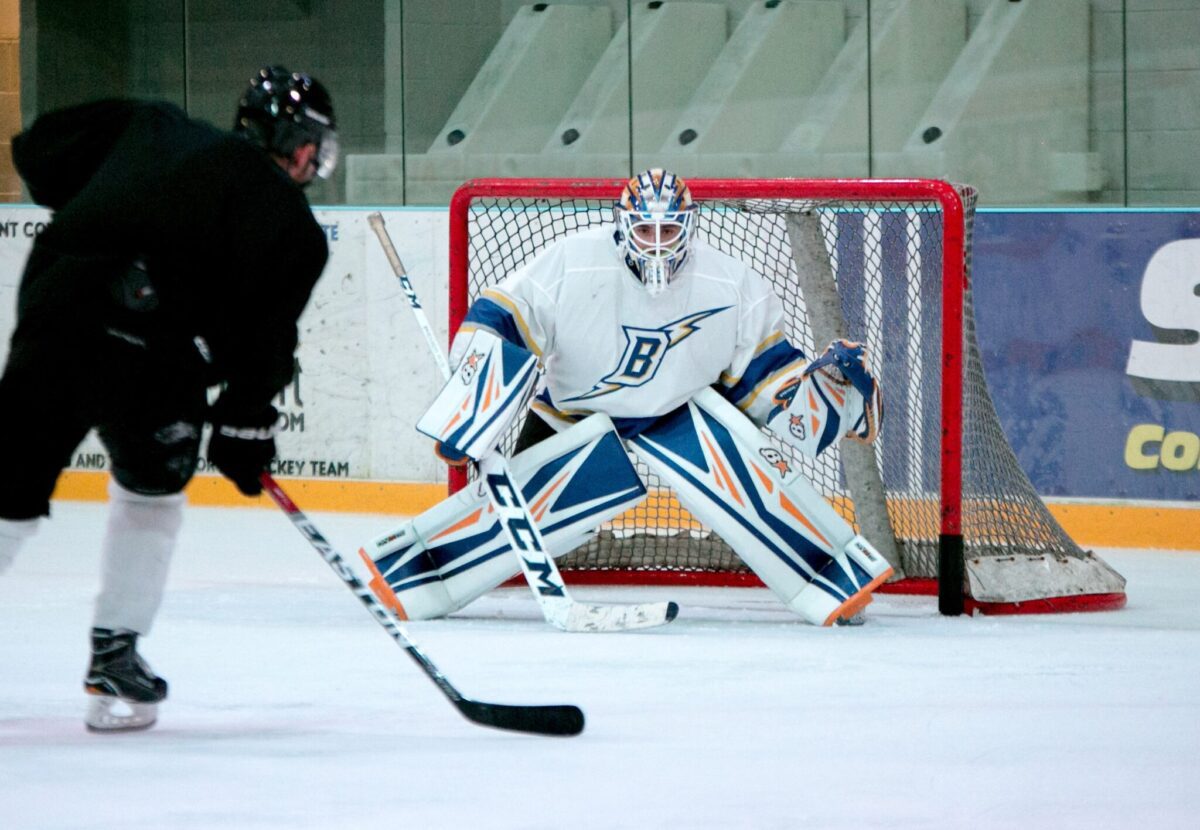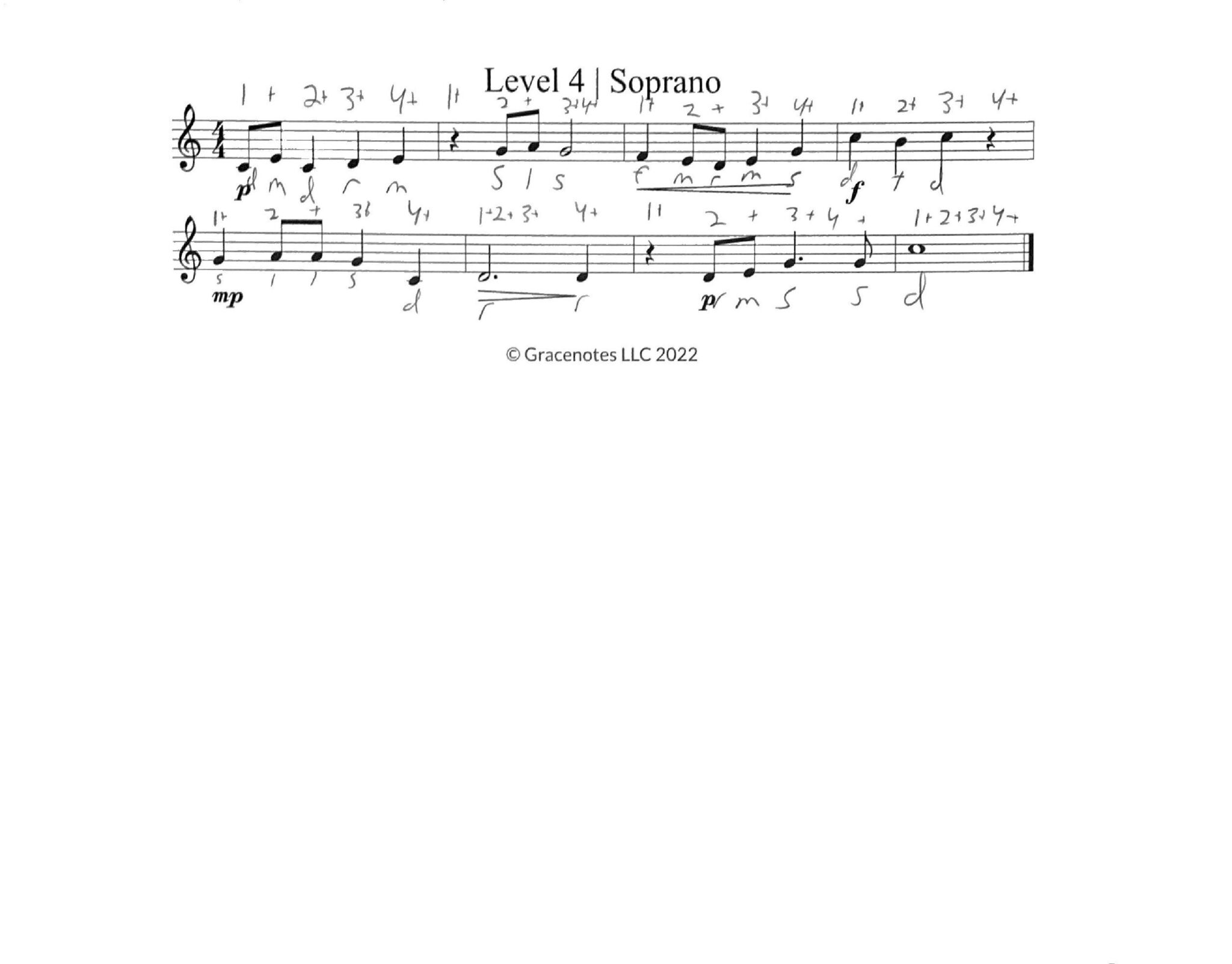The path to sight sing
The ability to sight sing is the result of developing 6 individual skills:
3. differentiating step-wise motion from step-wise motion
4. mastering the aural training sheet (the best aural training exercise you’ve ever seen)
5. labeling pitches – at a fast and accurate pace
6. labeling and speaking rhythm
The pitfalls when learning to sight sing
Some students can put together enough of those skills to be able to sight sing. Each of those individual skills above can be learned but this can only happen once teachers become aware of these independent skills and the how those skills can be broken down.
The path to learn to sight sing
The path to learn to sight sing is attainable for all motivated singers. The reason why so many teachers give up on struggling singers is because they don’t realize the baby steps that need to be taken within each of the 6 steps listed above.
-
Matching pitch
I created an entire online course for choral directors and voice teachers. The course shows music educators how to get anyone to match pitch.
How To Teach Anyone To Match Pitch
As part of the course, I share the pitch-matching rubric. Pitch-matching is not an all-or-nothing skill. Whether you read my blogs, follow my rubric, or take the online course, you will see that everyone can develop these skills with a knowledgeable teacher.
Anyone can learn to match pitch. I created a 7-step system to get all students to develop this skill. These steps are broken-down and assessed through the pitch-matching rubric. The seven steps begins with a tone deaf test. The rubric measures growth but the process of learning to match pitch is developed by following all 7 steps over and over again.
2. Singing a scale in tune
Before a singer can sight sing, they must be able to sing a diatonic scale in tune. If your singer cannot sing a scale in tune, this can be taught. There are clear steps to be taken.
3. differentiating step-wise motion from step-wise motion
This really simple exercise can be surprisingly challenging for many singers. Ask them to sing “do-mi-sol” followed by “do-re-mi”. When a singer can sing those alternating patterns, they have mastered this skill. When they can’t, there are levels of development. The layers show a teacher how help a singer to improve this skill.
Simple Alternating Solfege Pattern Rubric
4. Aural training rubric
The best aural-training exercise is an amazing tool for all students who want to be able to sight sing. In fact, it is the final step in the ear-training development. The previous three steps must be accomplished before success will be found with this exercise. Read the blog below for this simple approach.
As singers develop, the aural-training rubric helps teachers to guide their singers.
5. Labeling pitches – at a fast and accurate pace
The speed at which a singer can read pitches on the staff will determine the speed at which they can access their ear. If their ear has been developed in steps 1-4, this could be a major issue. I recommend labeling solfege with abbreviations (d,r,m,f,s,l,t). I give singers 8 measure exercises and time how long it takes them to accurately complete it.
6. Labeling/performing rhythm
I believe that in the overall plan of learning to sight sing, the rhythm is the least important skill. Don’t get me wrong, it is super important, but it is really the final touch on the development. Similar to all the other skills, I created a rubric that assesses rhythm development. Both Step 5 and Step 6 utilize the same exercises.
Sight sing
Once your singer has attained these 6 steps at an acceptable level, a score of 4 out of 5 on each rubric, a singer is ready to sight sing. Steps 5 and 6 utilize the same exercises, all of which are provided by Sight Reading Factory. Once the singers have utilized both step 5 and 6 separately, they can then attempt to sing the exercises; keep in mind, these examples have already by labels with solfege and proper rhythm.
Singers will be able to sight sing these examples if they have successfully completed levels 1 through 6. If they did not develop the aural training skills in level 4, they will not be able to sight sing.








Leave A Comment